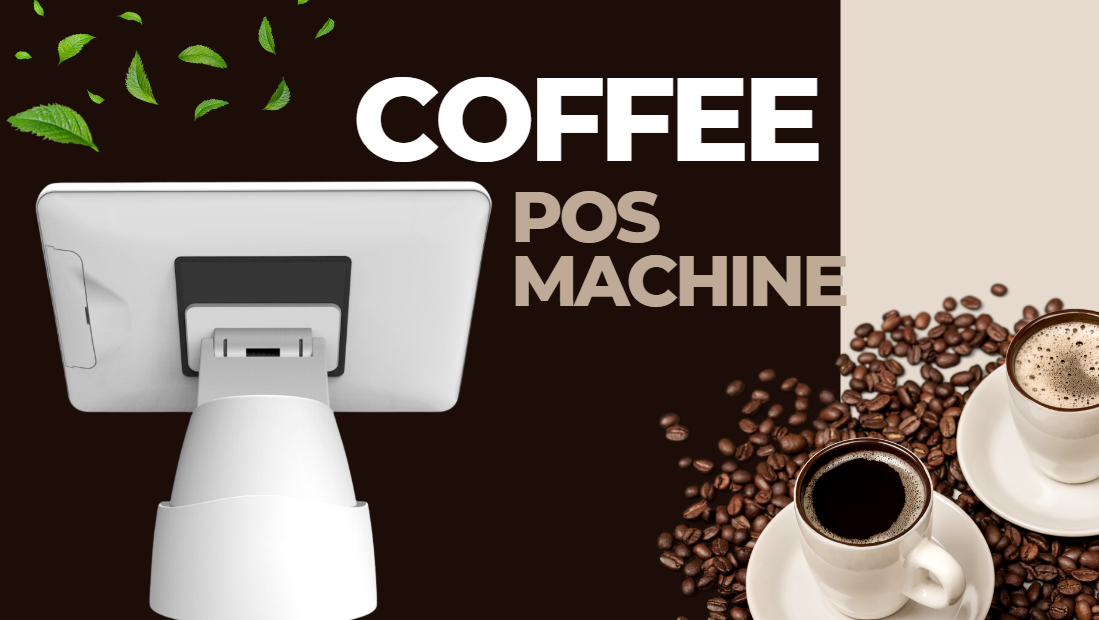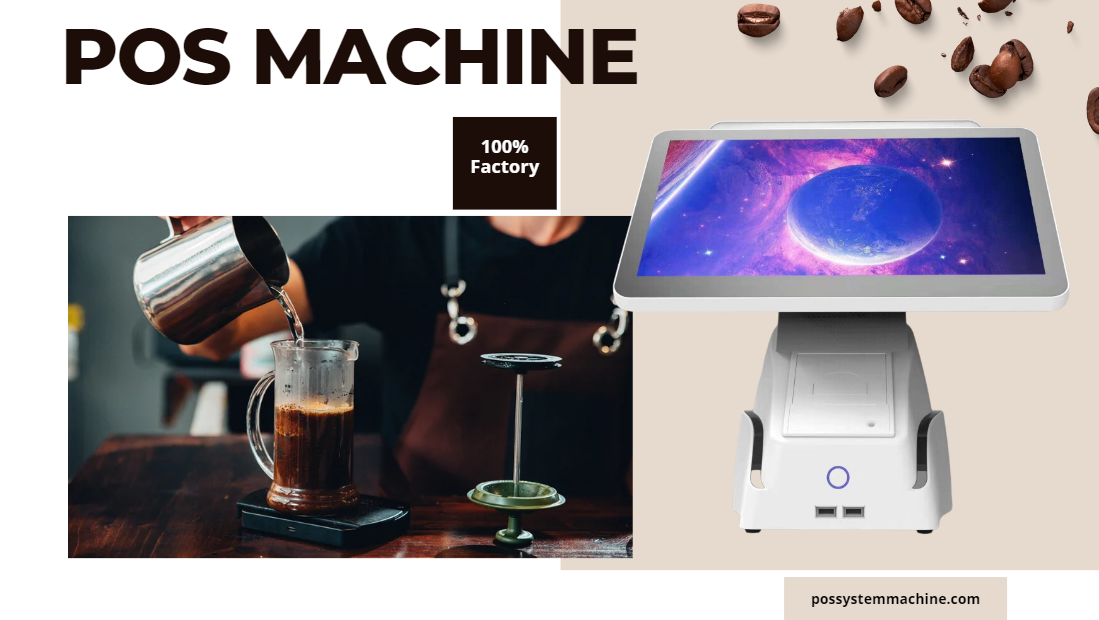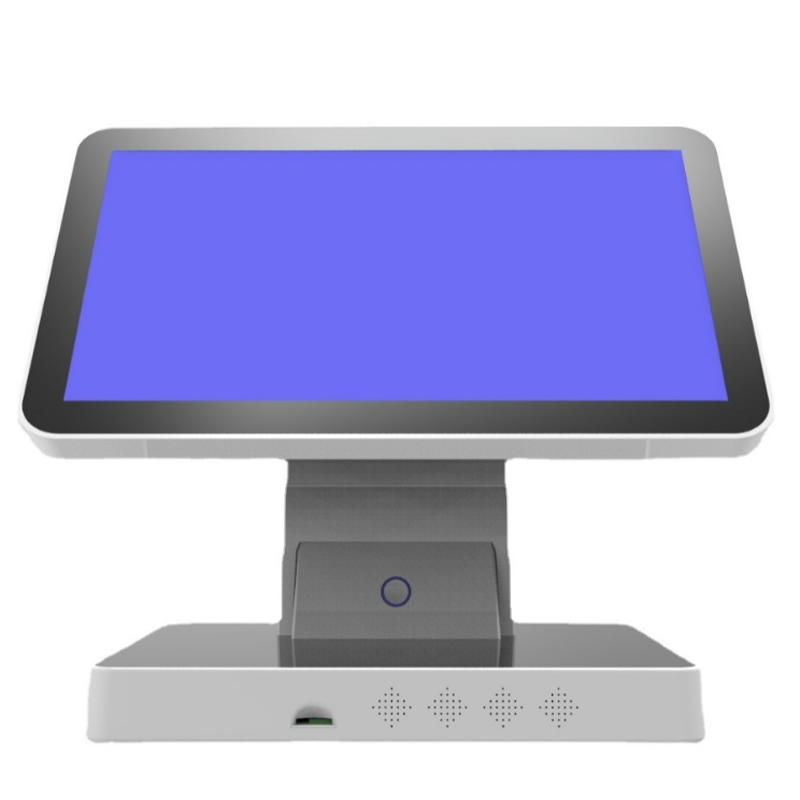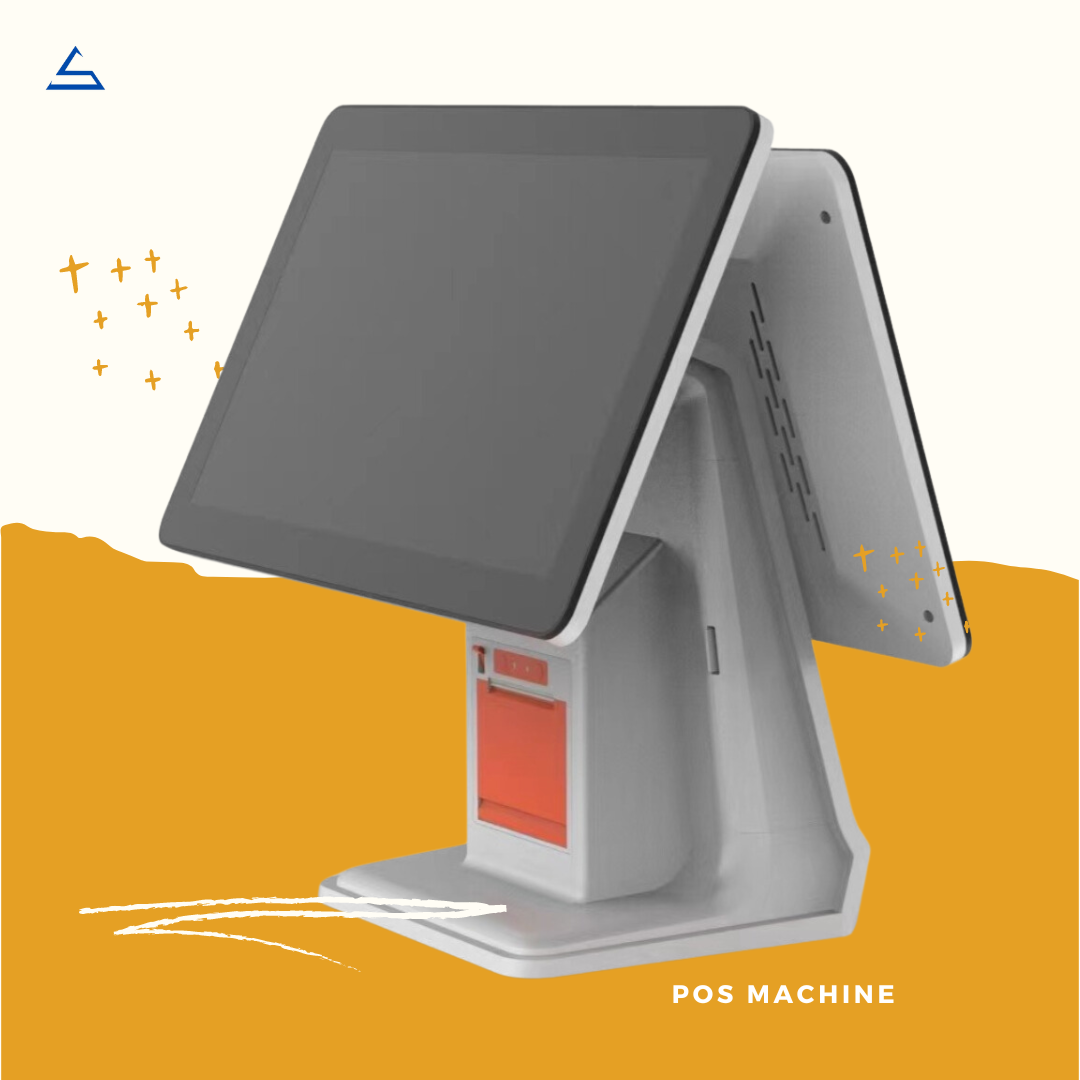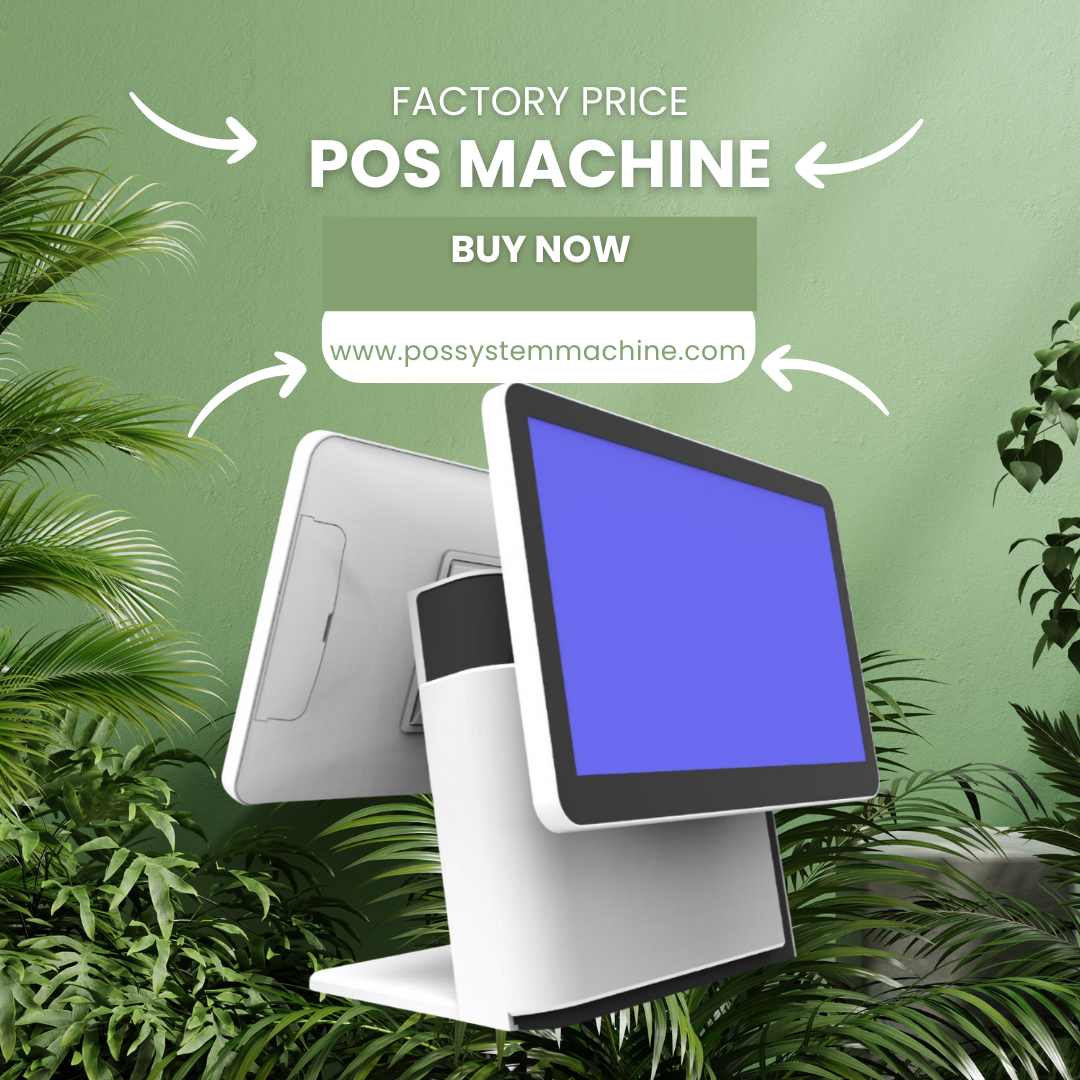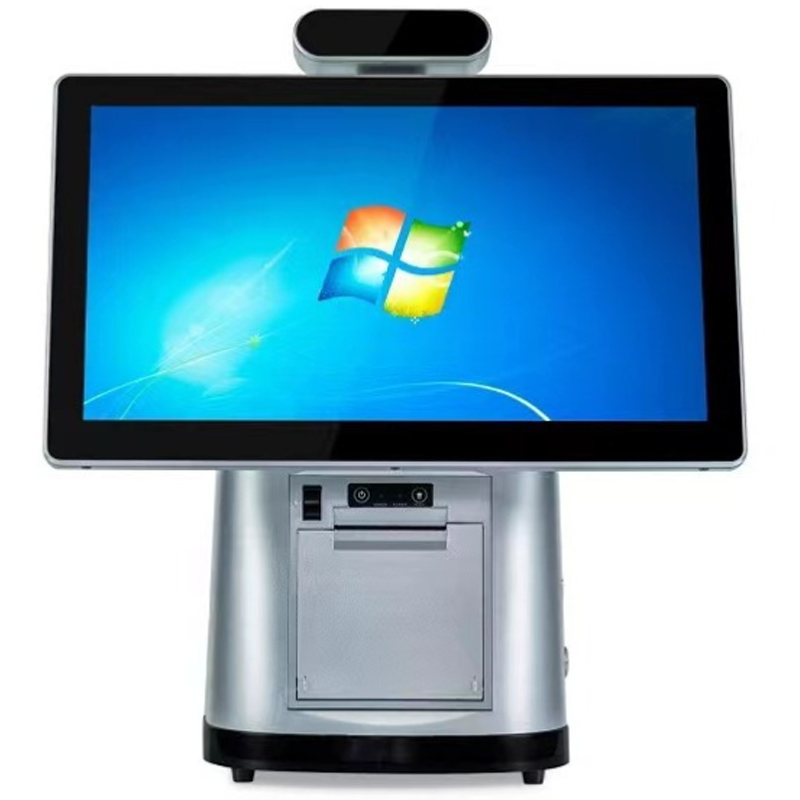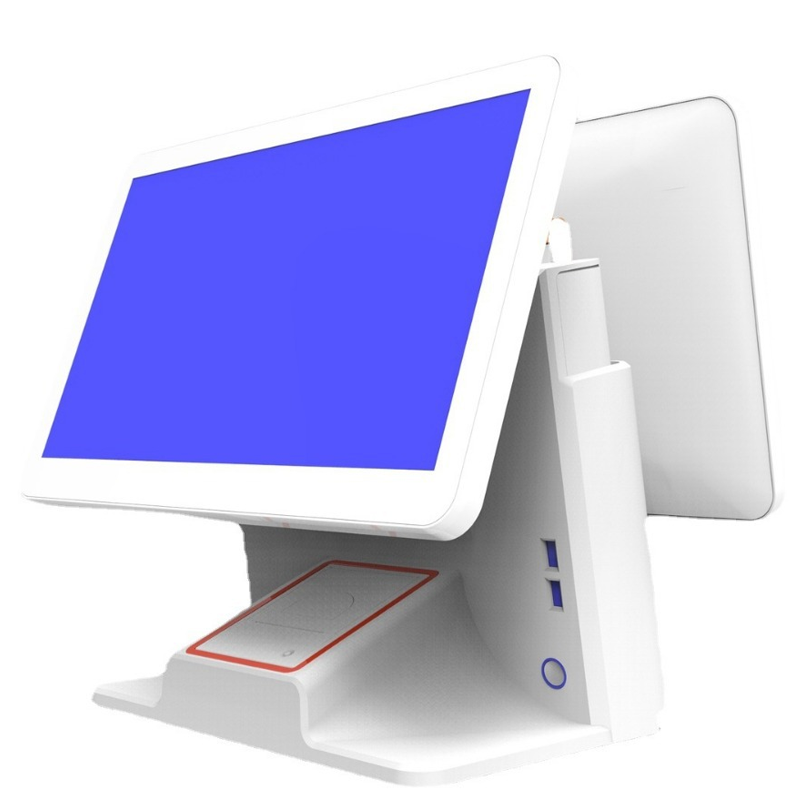what is the best pos system for a coffee shop
Table of Contents
Summary
Are you a coffee shop owner looking to streamline your operations and boost your business? Look no further! This comprehensive guide will walk you through everything you need to know about selecting the perfect point of sale (POS) system for your café. From understanding the basics to comparing top options, we’ll help you make an informed decision that will revolutionize your coffee shop’s efficiency and customer experience.
Why is choosing the right POS system crucial for your coffee shop?
Before we dive into the details, let’s quickly highlight why investing time in selecting the best POS system is so important:
- Streamline operations and reduce errors
- Improve customer service and speed up transactions
- Gain valuable insights into sales trends and inventory management
- Enhance staff productivity and training
- Integrate with other business tools for seamless operations
Now, let’s explore the world of coffee shop POS systems and find the perfect fit for your business!
What features should you look for in a coffee shop POS system?
When evaluating POS systems for your café, keep an eye out for these essential features:
- User-friendly interface: A simple, intuitive design that’s easy for staff to learn and use quickly.
- Customizable menu: Ability to add, modify, and organize menu items with ease.
- Inventory management: Real-time tracking of ingredients and supplies to prevent stockouts.
- Customer relationship management (CRM): Tools to build customer loyalty and personalize experiences.
- Reporting and analytics: Detailed insights into sales, trends, and business performance.
- Payment processing: Support for various payment methods, including contactless and mobile payments.
- Employee management: Time tracking, scheduling, and performance monitoring features.
- Integration capabilities: Compatibility with accounting software, online ordering platforms, and delivery services.
How do cloud-based POS systems benefit coffee shops?
Cloud-based POS systems have become increasingly popular in recent years, offering several advantages for coffee shops:
- Accessibility: Access your data and reports from anywhere, anytime.
- Automatic updates: Software updates are handled remotely, ensuring you always have the latest features.
- Scalability: Easily add new terminals or locations as your business grows.
- Data security: Cloud storage provides better protection against data loss compared to local storage.
- Cost-effective: Lower upfront costs and predictable monthly fees.
What are the top POS systems for coffee shops in 2024?
Let’s take a look at some of the leading POS systems that cater specifically to coffee shops and cafés:
- Toast POS: Known for its robust features and restaurant-specific functionality.
- Square for Restaurants: User-friendly with excellent reporting capabilities.
- Lightspeed Restaurant: Offers advanced inventory management and multi-location support.
- Clover POS: Highly customizable with a wide range of apps and integrations.
- Revel Systems: Scalable solution with strong customer support.
Each of these systems has its own strengths and weaknesses, so it’s essential to evaluate them based on your specific needs and budget.
How does Toast POS cater to coffee shop needs?
Toast POS has gained popularity among coffee shop owners for several reasons:
- Customizable menu: Easily add modifiers and create combo meals.
- Mobile ordering: Seamless integration with online ordering platforms.
- Tableside ordering: Handheld devices for quicker service during busy times.
- Loyalty program: Built-in tools to encourage repeat customers.
- Inventory management: Real-time tracking of ingredients and supplies.
What makes Square POS a popular choice for small coffee shops?
Square POS is often favored by smaller coffee shops and startups due to its:
- Low upfront costs: Free basic software with affordable hardware options.
- Simple pricing: Transparent, flat-rate payment processing fees.
- User-friendly interface: Intuitive design that’s easy to learn and use.
- Robust free features: Includes inventory management, reporting, and customer feedback tools.
- Scalability: Ability to grow with your business as you expand.
How can a POS system improve inventory management for coffee shops?
Effective inventory management is crucial for coffee shops to maintain profitability and customer satisfaction. A good POS system can help by:
- Tracking ingredients: Monitor usage of coffee beans, milk, syrups, and other supplies in real-time.
- Automating reordering: Set up low-stock alerts and automatic purchase orders.
- Recipe costing: Calculate the exact cost of each menu item for better pricing decisions.
- Waste reduction: Identify slow-moving items and optimize stock levels.
- Seasonal planning: Analyze historical data to prepare for busy periods and special events.
By implementing a POS system with robust inventory management features, you can reduce waste, prevent stockouts, and ultimately improve your bottom line.
What role does a POS system play in enhancing customer experience?
A well-chosen POS system can significantly improve your customers’ experience in several ways:
- Faster transactions: Streamlined ordering and payment processes reduce wait times.
- Accuracy: Minimize errors in orders and billing.
- Personalization: Store customer preferences and order history for tailored service.
- Loyalty programs: Implement rewards systems to encourage repeat visits.
- Multiple payment options: Accept various payment methods to cater to customer preferences.
- Table management: Efficiently seat and serve customers during peak hours.
How do you train staff to use a new POS system effectively?
Implementing a new POS system requires proper staff training to ensure smooth operations. Here are some tips for effective training:
- Start early: Begin training well before the system goes live.
- Hands-on practice: Provide ample time for staff to practice with the system.
- Role-playing: Simulate various scenarios staff might encounter during shifts.
- Documentation: Create easy-to-follow guides and cheat sheets for quick reference.
- Ongoing support: Designate a “super user” to assist with questions and troubleshooting.
- Regular check-ins: Schedule follow-up sessions to address any issues or concerns.
Remember, the success of your new POS system largely depends on how well your staff can use it. Invest time in thorough training to maximize the benefits of your investment.
What are the costs associated with implementing a POS system in a coffee shop?
When budgeting for a new POS system, consider the following costs:
- Hardware: Terminals, card readers, receipt printers, cash drawers, and tablets.
- Software: Monthly or annual subscription fees for cloud-based systems.
- Installation and setup: Professional installation services, if required.
- Training: Time spent on staff training and potential temporary productivity loss.
- Payment processing fees: Transaction fees charged by the payment processor.
- Ongoing support and maintenance: Technical support and software updates.
While costs can vary widely depending on the system and your specific needs, it’s essential to consider the long-term value and potential return on investment when making your decision.
How can you integrate your POS system with other business tools?
Modern POS systems often offer integration capabilities with various business tools to create a seamless operational ecosystem. Consider integrating your POS with:
- Accounting software: Automatically sync sales data with QuickBooks or Xero.
- Online ordering platforms: Connect with services like UberEats or DoorDash for seamless order management.
- Employee scheduling tools: Integrate with platforms like Deputy or 7shifts for efficient staff management.
- Customer feedback systems: Collect and analyze customer reviews directly through your POS.
- Marketing automation: Connect with email marketing tools to leverage customer data for targeted campaigns.
What security measures should you consider when choosing a POS system?
Protecting your business and customer data is crucial when implementing a POS system. Look for the following security features:
- PCI DSS compliance: Ensures the system meets payment card industry security standards.
- End-to-end encryption: Protects sensitive data during transmission.
- Tokenization: Replaces card data with unique identifiers for added security.
- User access controls: Allows you to set different permission levels for staff members.
- Fraud prevention tools: Helps identify and prevent potentially fraudulent transactions.
- Regular security updates: Ensures the system is protected against the latest threats.
By prioritizing security in your POS selection, you can safeguard your business and build trust with your customers.
Tags
Product
Blog
Contact Us
Related Products
Frequently asked questions about wood box manufacutring

